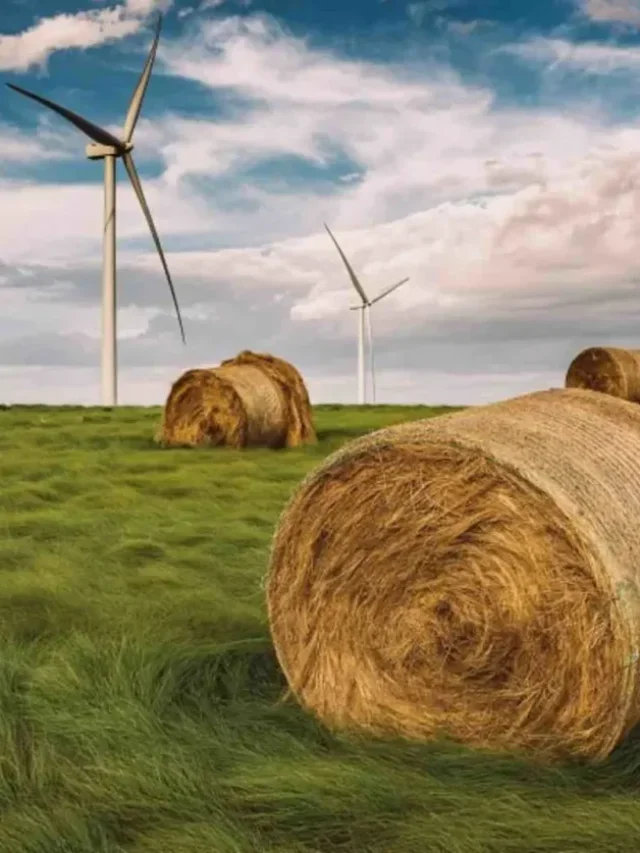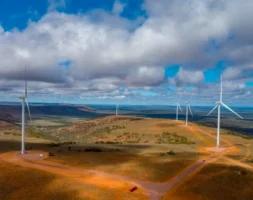For decades, many economists’ analyses seemed to justify inaction on weaning the economy from fossil fuels, saying the astronomical cost of such rapid transformation would strangle economic growth. These experts were heeded over scientists who warned that acting too slowly would court climate catastrophe.
But in recent years, more economists have begun to agree that the short-term costs of aggressive action are not as high as once thought, while the long-term costs of inaction are much steeper.
A new working paper by two climate scientists and one climate economist, using the most up-to-date data available, concludes the best path for the global economy would involve a rapid and dramatic cut in climate pollution to meet the ambitious Paris target of limiting global warming to 1.5 degrees Celsius (2.7 degrees Fahrenheit) above preindustrial temperatures — a target that is quickly slipping out of reach.
The new study adds to research over the past decade that has incorporated newer, more realistic representations of climate damages into economic models.
Several other updated analyses also have concluded that meeting the Paris targets would result in the best economic outcome. Fewer experts are basing their advice on prior studies that actually concluded a potentially catastrophic amount of global warming would be economically optimal.
“Based on everything we think we know about technology, climate damages, etc. it would indeed be ‘optimal’ to cut emissions massively now,” said the paper’s co-author Gernot Wagner.
Achieving such rapid decarbonization would require climate policies commensurate with a global carbon price of about $250 per ton of carbon dioxide today but declining to below $40 per ton in 2100 as the prices for clean technology come down.
Wagner has compared climate economics to financial investments. Many investors put money in bonds despite their lower returns than stocks because bonds are less risky.
This is analogous to investing in decarbonization today to reduce long-term risks, rather than trying to accumulate wealth in the hopes that it can pay for the costs of potentially catastrophic future climate damages.
Three key factors
The paper’s climate-economics model incorporates up-to-date estimates from the 2022 Sixth Intergovernmental Panel on Climate Change, or IPCC, report on climate-warming pollution, climate responses, resulting damages, and the costs of reducing those emissions. Its core conclusions are largely determined by three factors: the benefits of “learning by doing,” the steep economic costs of catastrophic climate change, and a more realistic “discount rate.”
Accounting for these factors reveals that any possible savings from current inaction would not generate enough funds over time to fix potential damage from climate catastrophe.
The learning-by-doing principle accounts for the fact that as many new technologies are increasingly deployed, their costs fall. As companies and workers become more efficient and productive, curbing climate change becomes less costly.
This is evident in the rapidly falling costs of solar panels, wind turbines, and lithium-ion batteries. A study published last year found that learning by doing will help determine how quickly humanity succeeds in slowing global warming.
The second factor is associated with the risk climate change poses to economic growth. The global economy has grown steadily since the Industrial Revolution, averaging 3.5% growth per year over the past half-century.
Many past climate-economics models have assumed this growth would continue unabated, but over the past decade, many studies have suggested that climate damages and recovery efforts may slow economic growth. Surveys of climate economics experts in 2015 and 2021 found that more than three-quarters consider it likely or extremely likely that climate change will hurt long-term economic growth, while only 5% consider it unlikely.
This point is critical because growth compounds over time. If economies can recover relatively easily from future climate damages, their costs will potentially be tens of trillions of dollars less than if those impacts also slow economic growth. As a result, the study found that reducing the risk of climate-slowed economic growth justifies stringent pollution-reduction strategies.
The third factor, the “discount rate,” assumes continuing growth in wages, the economy, and wealth. Having an extra dollar today that can accumulate interest may thus be considered more valuable than a dollar received in the future. Since the 1970s, federal agencies have been required to consider the costs and benefits of proposed regulations that could have large economic effects, and the choice of discount rates plays a key role in those cost-benefit estimates.
A sufficiently high discount rate can imply that humanity would be better off saving money today and using its greater future wealth to pay for fixing climate damages than spending the money today on solutions to lessen climate change.
The discount rate has been a contentious subject, with its value based on some empirical data combined with some subjective choices. The U.S. government has tended to use a 3% discount rate in its federal rule-making cost-benefit analyses, but that choice was based on the average interest rates of U.S. Treasury bonds from 1973 to 2003.
The Trump administration used 3% and 7% discount rates in its estimates of the social costs of carbon pollution, which justified weakening and rolling back federal climate regulations.
But a 2017 brief from the White House Council of Economic Advisors found that based on lower interest rates in recent decades, the discount rate should be revised to about 2%.
As a result, the White House Office of Management and Budget proposed last week to update the federal discount rate to 1.7%. A 2018 study also found “a surprising degree of consensus” for a 2% discount rate in a survey of more than 200 publishing academics.
The new working paper finds “the preferred discount rate of 2% implies a high cost of carbon and very stringent abatement policies.” In other words, the world needs to be doing more to address climate change as soon as possible.
Climate economist Brian Prest with Resources for the Future, not involved in the study, noted that prior papers have similarly concluded that the Paris targets are economically justified, and a 2% discount rate is supported by other studies.
But he pointed to an ongoing debate in the climate economics literature regarding whether climate damages will slow economic growth. If they don’t, that would not justify quite such rapid climate pollution cuts as in the working paper’s optimal pathway.
Incorporating these factors into their model simulations, the paper authors find that the optimal pathway for the global economy would involve tremendously aggressive climate policies that immediately cut climate-warming pollution by about 90% and limit global warming to 1.5°C by 2100.
The analysis does not consider the practical or political feasibility of such a dramatic change but merely evaluates what path would be best for the economy given the costs of climate damages and solutions.
As the working paper concludes, “early inaction leads to warming that cannot be undone later by spending more on abatement.”
Dana Nucitelli is an environmental scientist, writer, and research coordinator for the nonprofit Citizens’ Climate Lobby. This story was first published at Yale Climate Connections. Reproduced with permission under Creative Commons licence.










